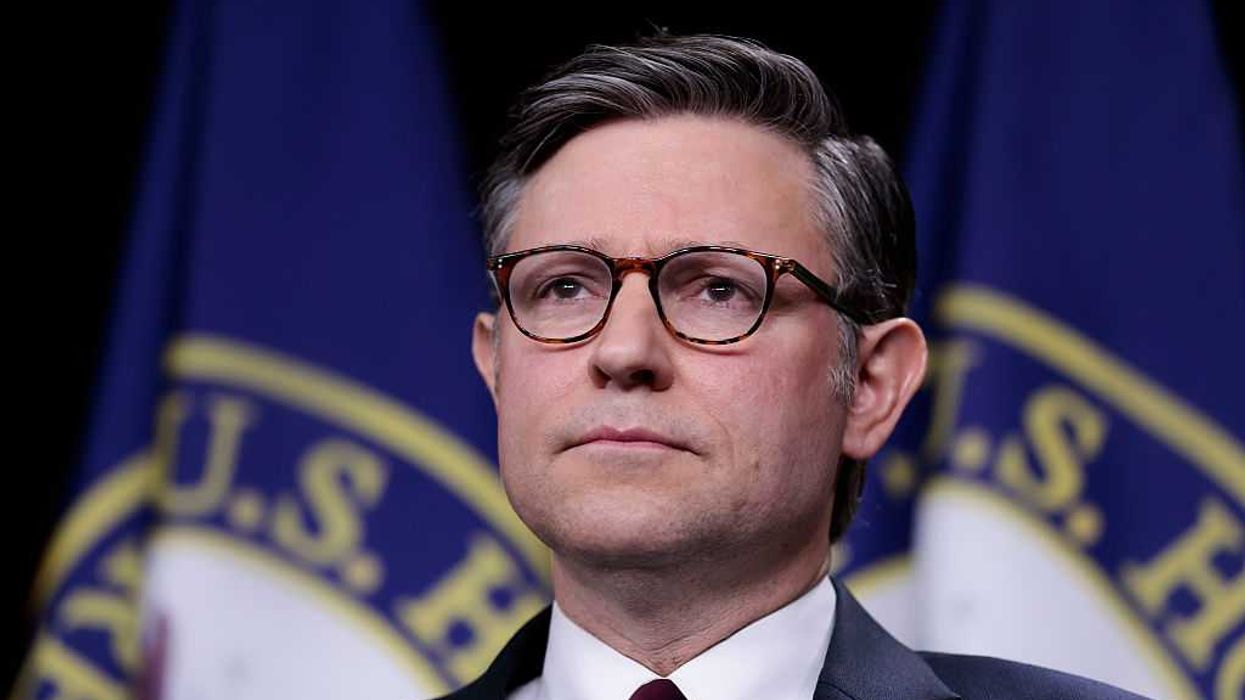Pharmacies in the United States are closing at an alarming rate. The ACT Pharmacy Collaborative, a partnership between community pharmacy networks and academia, reported that 244 pharmacies closed in just the first six weeks of 2024. Similarly, Rite-Aid has closed 500 stores, CVS will close another 300 stores by the end of the year and Walgreens will close 1,200 over the next three years.
In my home state of Oregon, pharmacists are constantly facing untenable scenarios. At a recent hearing, a pharmacist from a rural community testified how a woman from a neighboring town called his pharmacy late in the day needing to urgently fill a prescription. Unfortunately, the only pharmacy in her town had permanently closed, so she was stuck frantically attempting to locate someone who took their insurance and had the medication in stock. His pharmacy had the medication, so while she drove 28 miles on rural roads, the pharmacy stayed open — 30 minutes after closing because that’s what pharmacists do. We take care of patients.
Afterwards, when the patient had the medication in hand and was counseled on how to use it correctly, the pharmacist checked to see how much was made from the prescription. To his dismay, in the end, the pharmacy was reimbursed $23 below the drug’s acquisition price. His pharmacy lost money for taking care of a patient that evening.
Now it might be easy to chalk this up as an isolated incident — an unfortunate anomaly or glitch in our health care system. However, instances like this happen on a regular basis and it has become commonplace to have a prescription reimbursed at an amount that is less than the cost to acquire and dispense the drug. Given the high cost of medications, this may come as a surprise. However, pharmacy benefit managers currently have an outsized influence on the financial health of many community pharmacies.
PBMs are middlemen — often invisible to the patient — that are located at the interface of drug manufacturers, payers and their employer-sponsors, and community pharmacies. They began over 50 years ago as a solution to help payers manage the complexity of prescription drug benefits. PBMs were highly efficient at claims processing, and they do play a role in helping payers process a high volume of relatively small claims. However, over time, the role of PBMs has evolved and expanded to where PBMs are now engaged in negotiating drug prices and determining which medications are covered by a plan’s formulary. They also operate their own pharmacies through closely affiliated partners. This gives PBMs considerable influence on how much pharmacies are paid, which drugs are covered and where patients can fill their prescriptions.
Simultaneously, over time, the PBM market has become highly concentrated. A report released by the Federal Trade Commission in July found that in 2023 the three largest PBMs companies processed approximately 80 percent of the prescriptions dispensed by U.S. pharmacies and that percentage rises to 90 percent if expanding to the six largest PBMs. All the major players are now vertically integrated with other parts of the health sector, often resulting in massive conglomerates where PBMs simultaneously play the role of plan, pharmacy and middleman. The FTC report highlights how PBMs impose “confusing, unfair, arbitrary, and harmful” contractual terms that influence the financial health of pharmacies.
PBMs have grown in such a way that it makes it nearly impossible for the average consumer — or even seasoned policy maker — to understand the problems and propose solutions. And when things are confusing, it is easy to become paralyzed and do nothing. However, in this case, doing nothing is simply not an option. Pharmacies are in crisis. The pharmacy from above has since closed, leaving another rural Oregon town with one less access point for patients.
Momentum for federal regulation that will bring more transparency and accountability to how PBMs influence the drug supply chain has built over the last few years. Multiple bills have come out of congressional committees with unanimous bipartisan support. The chairman of the Senate Finance Committee, Sen. Ron Wyden (D-Ore.), and high-ranking Republicans have expressed support for PBM reform. Congress has now returned to Washington, creating a final and crucial opportunity to pass PBM reform in 2024. It must be done.
To be sure, as a pharmacist, I care deeply about my profession. However, I care even more deeply about the patients that my profession serves. It saddens me that if PBM reform does not pass, then many more pharmacies will close, and more communities will lose pharmacy access. It saddens me that people residing in those communities might need to hold their breath, cross their fingers and hope they are not the patient needing a pharmacy to stay open past close as they drive those 28 miles.
Irwin is a clinical associate professor at Oregon State University’s College of Pharmacy and a public voices fellow with The OpEd Project. She is also a former president of the Oregon State Pharmacy Association.



















